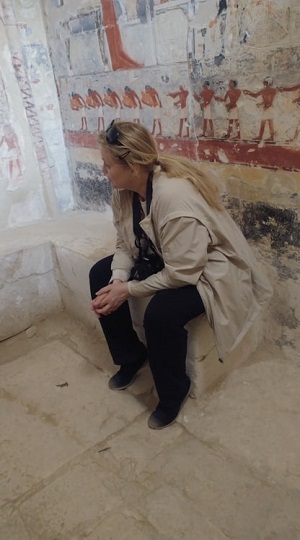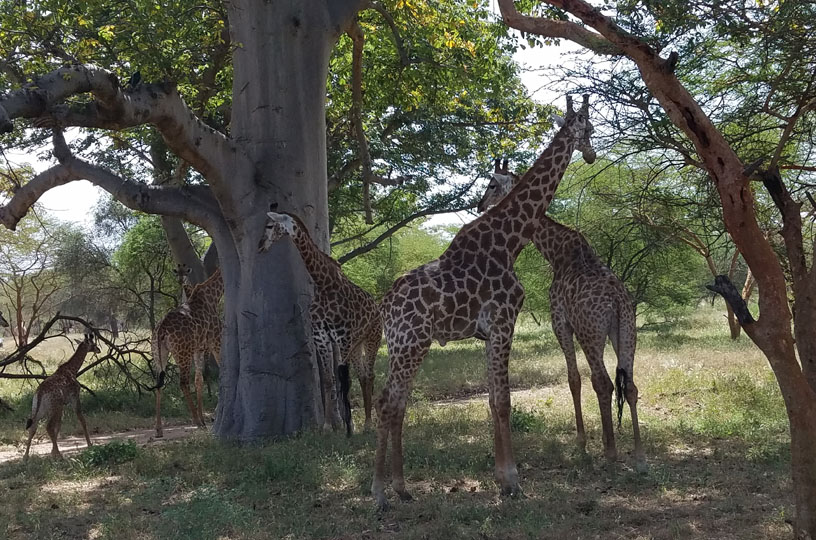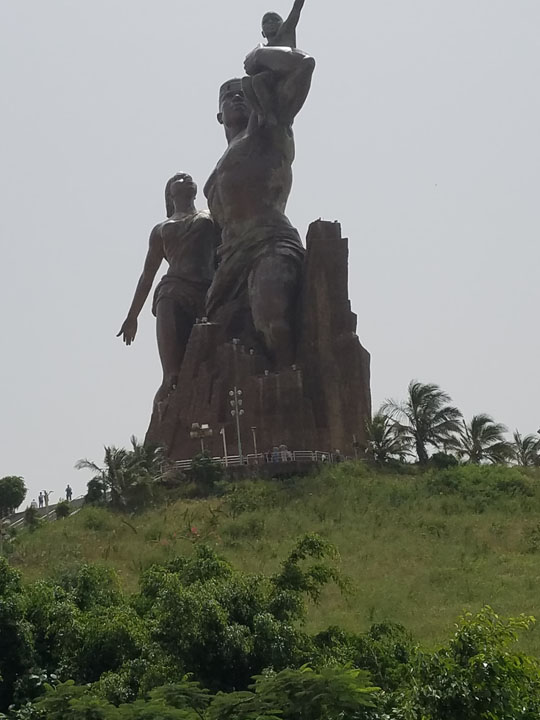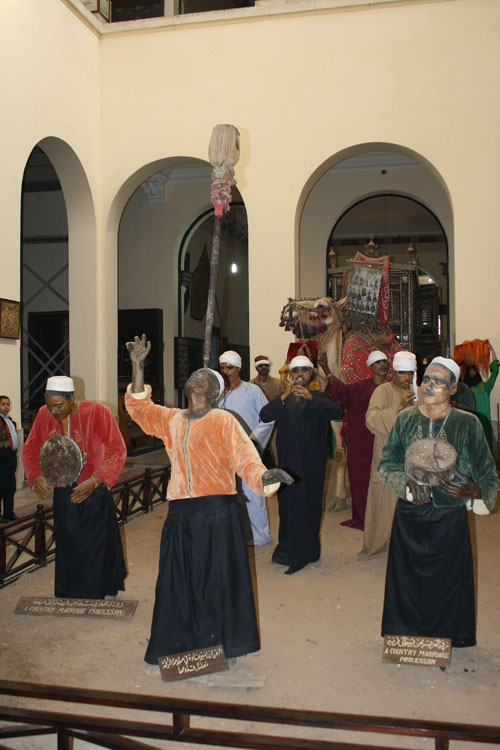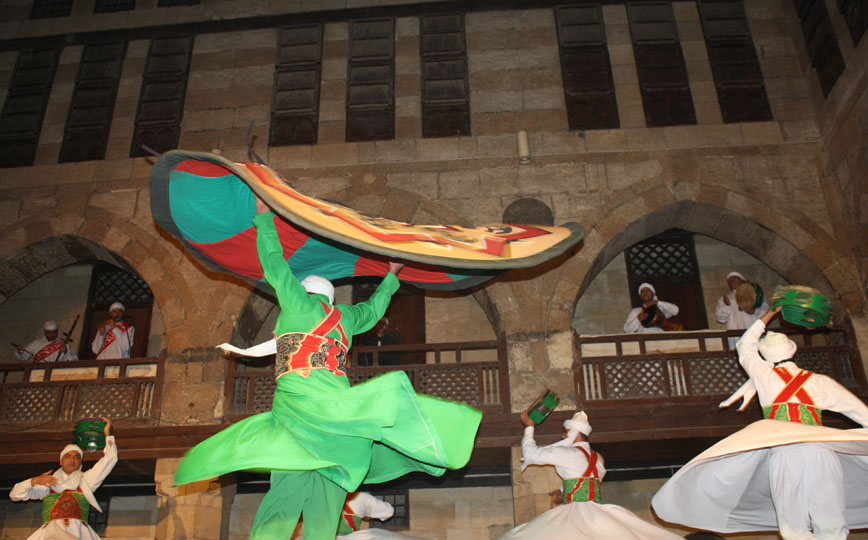|
I think tourists, digital nomads, expatriates, and travel bloggers often forget this important point. When we travel, we are guests in somebody else’s homeland. I have seen some travel blogs that made me wince, due to how disrespectfully the authors write about places they have visited. Some talked about trying to worm their way into private spaces uninvited, some mocked local food or customs, some focused on difficulties they encountered, etc.
You might have noticed that here on this blog, I try to focus on the positive aspects of the places I have visited. I do, of course, notice negative things too, and yes, I too have had some bad experiences. I just choose not to write about them in my blog.
Why?
One issue is that most of the bad experiences I’ve had traveling are also things that could happen here in the U.S. such as sexual harassment, bad traffic, etc. It would be hypocritical to criticize someone else’s home when mine has the same issues.
As for mocking a local culture’s way of doing things, I think that mocking is immature behavior. It shows a lack of empathy, and usually its purpose is attention-seeking, as the person doing it is trying to make themselves look clever or witty by denigrating someone else.
Also, people from other countries could legitimately find things to criticize about the place where I live, and I’d feel kind of sad to see something rude written about my home town — even when I realize it’s true. So I when I write my blog entries, I try to treat the places I’ve visited according to how I’d like to see visitors treat my home when they write about it.
When I write about the people I’ve encountered, I always think, “What if that person reads what I’ve written? What emotion will they feel reading it, and is that the emotion the one I would want them to feel?”
Closing Thoughts
There are many aspects of any culture that can make travelers uncomfortable: what kind of attire people wear in daily lives, what people eat and drink, how traffic operates, negotiating prices on purchases, unfamiliar language, and more. But… if we want to wear what we normally wear, eat what we normally eat, and so on, then why travel? Why not stay home where we can surround ourselves with our own ideas of comfort?
We tend to find what we’re looking for. If we look for beauty and joy, we’ll find it. On the other hand, if we look for something to mock or criticize, we’ll find that. It’s more fun to look for beauty and joy, so that’s where I put my energy.
